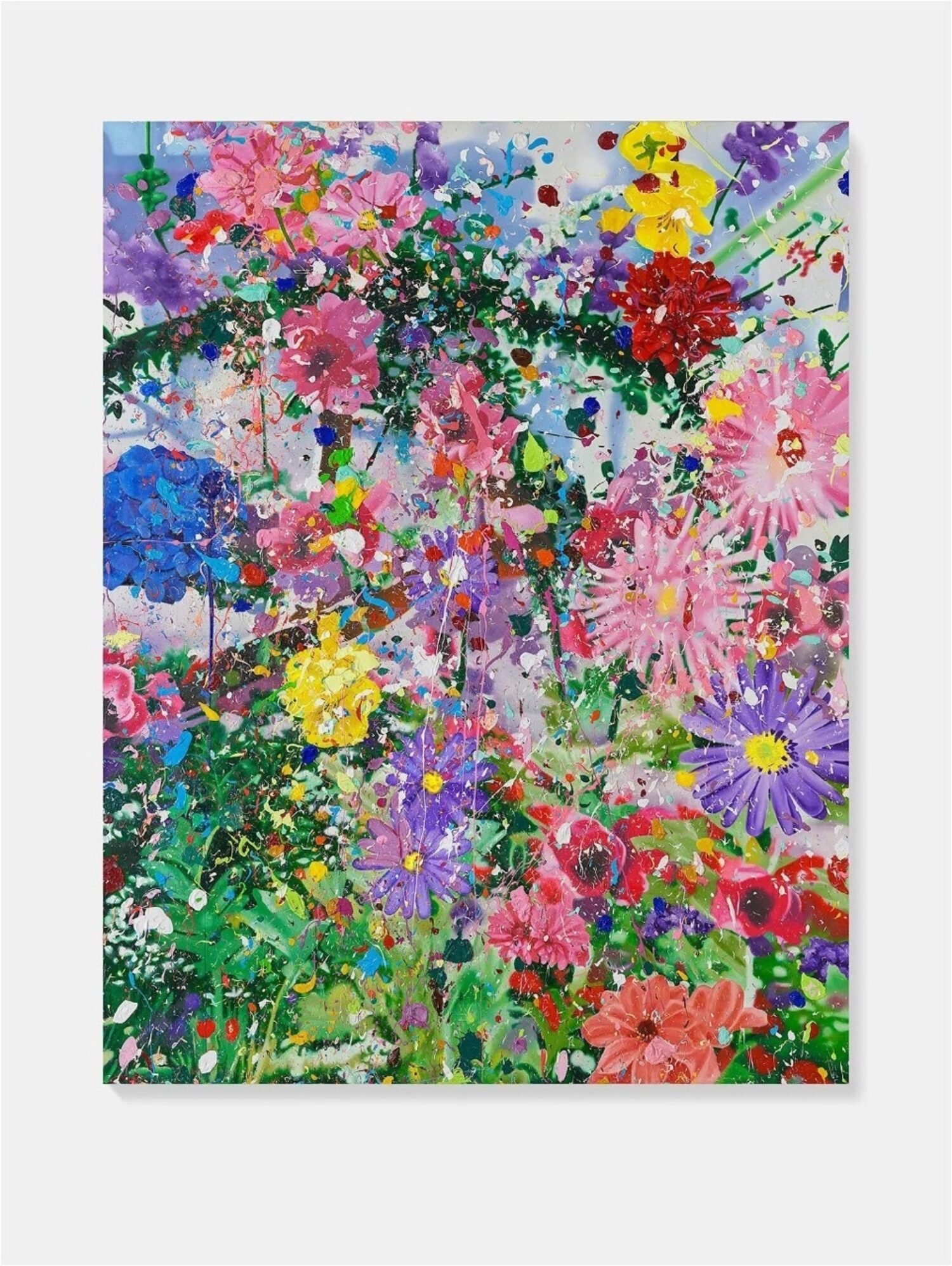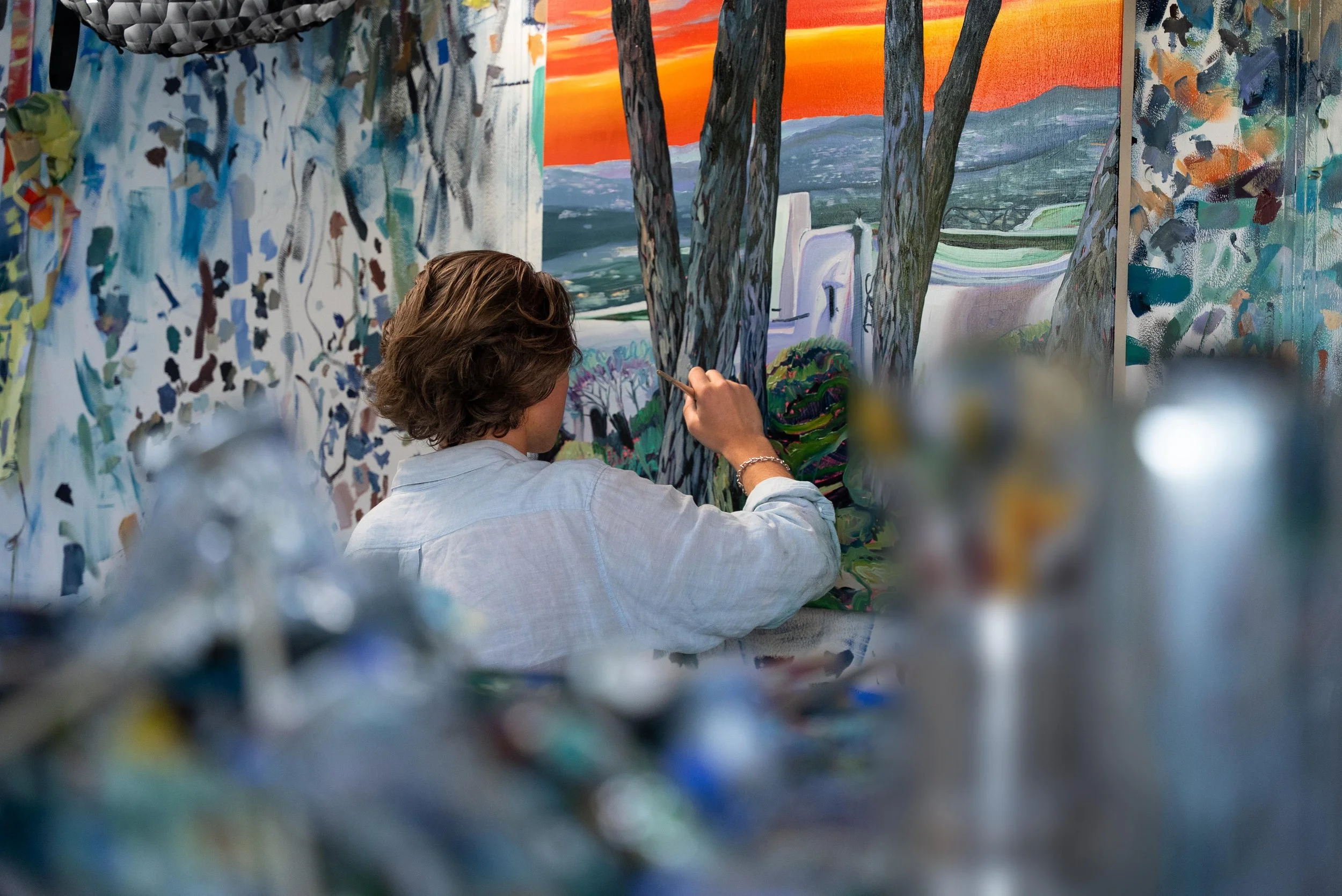Art Prints Investment: How to Spot a Good Investment Art Print
Art collecting may seem out of reach. But art prints investment makes it more accessible and affordable. Limited editions, artist signatures, and growing markets add value. In this guide, you’ll learn what to look for, where to buy, and how to choose wisely.
What Is Art Prints Investment?
An art print is a copy of an original work, usually signed and released in limited editions. These editions make prints more exclusive and potentially valuable over time. When you buy with intent to resell later, that’s art prints investment. Some prints have appreciated significantly, generating a tidy profit.
Why Choose Prints Over Originals?
Original artworks often cost tens or hundreds of thousands. In contrast, art prints generally start in the low hundreds or thousands. Yet they can still yield strong returns due to:
Lower entry cost
Limited editions
Artist signatures
Rising demand
For example, lithographs by renowned artists such as David Hockney and Banksy have fetched over $30,000 at auction after starting at much lower prices.
Wisdom
How to Spot a Good Investment Art Print
Not all prints will perform similarly. Here are the top signs of a strong investment:
Edition Size: Lower numbers (e.g. 1/50) tend to be more valuable.
Artist Signature: Always look for a clear, original signature.
Artist Reputation: Choose artists with rising or established profiles.
Condition: Mint condition is essential—no tears, stains, or fading.
Provenance: Certificates and receipts boost trust and resale value.
Best Alternative to Prints: Original Works on Paper
Another appealing category is original works on paper—like drawings, watercolours, or pastels. These are one-of-a-kind, unlike editions. That uniqueness makes them rare and often collectible.
Recently, a crayon-and-wash Picasso drawing titled Tête d’homme à la pipe (1971) sold for $7.79 million—a record for a work on paper sold digitally at auction through an invite-only app during New York’s spring auction week. This shows how seriously collectors now view works on paper. With prices often lower than paintings, they offer authenticity, uniqueness, and investment upside.
Pablo Picasso’s Tête d'homme à la pipe (1971). Courtesy of Fair Warning.
Will Art Prints or Paper Works Increase in Value?
Both can appreciate—but timing and patience are key. Prints tend to rise steadily, especially when:
The artist becomes more prominent
Editions sell out
The artwork is well-maintained
Works on paper, due to their rarity and direct connection to the artist, can jump in value quicker—especially if tied to auction records like the Picasso example above. However, both generally reward long-term holding—5 to 10 years or more.
When selling, use trusted venues:
Major auction houses (e.g. Sotheby’s, Christie’s)
Online marketplaces
Private gallery sales
Keep all documentation intact to help with valuation and sale.
Tips for First-Time Art Investors
Set a budget: Under $500 is a good start for prints.
Buy what you love: If investment stalls, at least it’s art you enjoy.
Research constantly: Read art news, join forums, and attend fairs.
Document all purchases: Certificates and receipts increase resale value.
Final Thoughts: Smart Investing in Art Prints—or Paper Works
Knowing how to spot a good investment art print is a great foundation. But consider expanding into works on paper for uniqueness and diversity. With careful selection, good records, and patience, each piece—print or original—can be both beautiful and financially rewarding.






